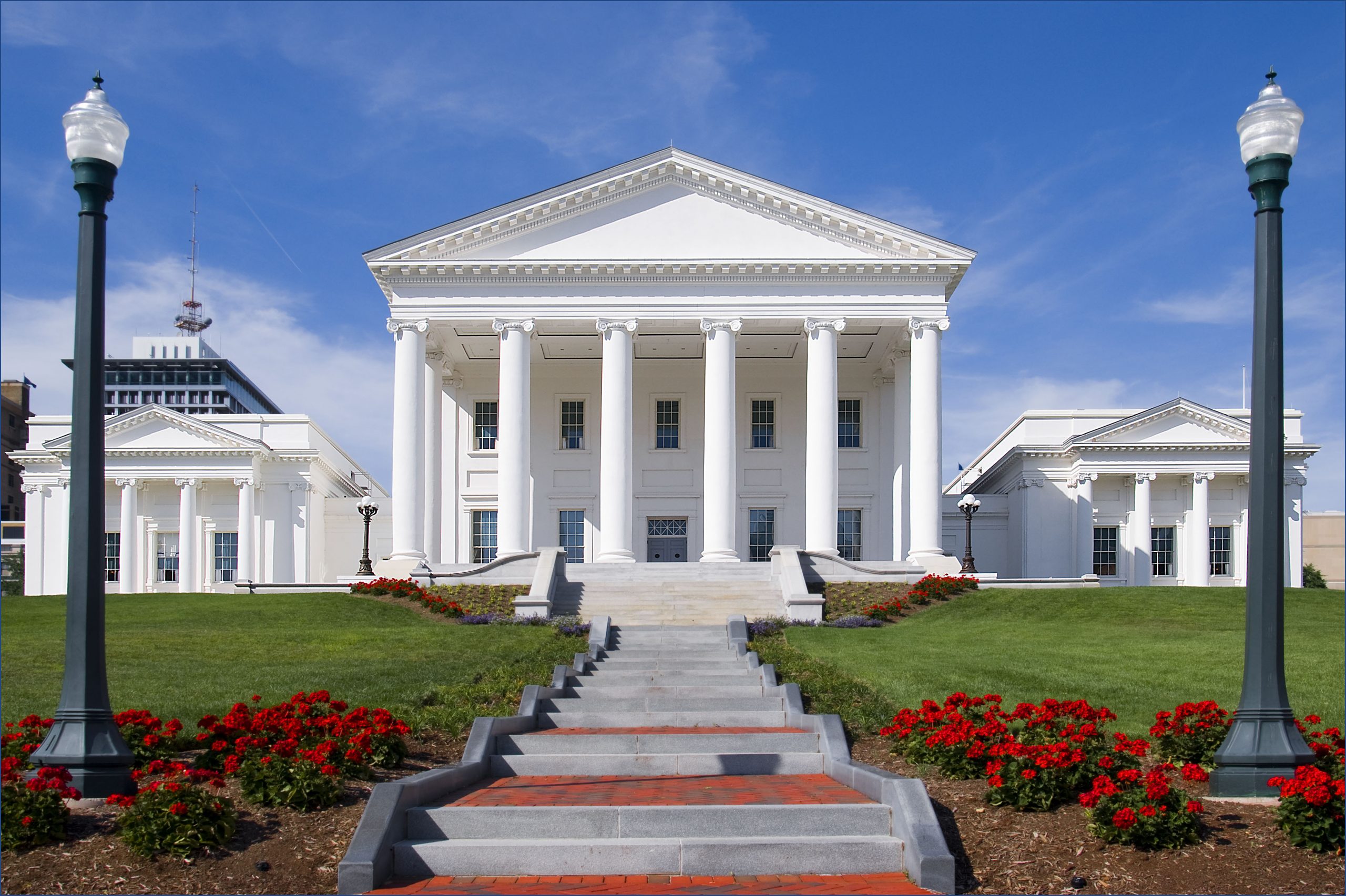Virginia is one of two states holding gubernatorial elections this November, along with New Jersey. In both states, the incumbents are term-limited, and both elections made our list of the top 10 November races to watch. Here's a look at where the candidates in Virginia stand on issues related to K-12 education.
Who are the candidates? Abigail Spanberger (D) and Winsome Earle-Sears (R) are running to succeed incumbent Gov. Glenn Youngkin (R).
- Spanberger represented Virginia’s 7th Congressional District from 2019 to 2025. Before serving in Congress, she was a CIA case agent. Spanberger says she is "focus[ed] on strengthening our public education system, lowering costs for families and keeping our communities safe."
- Earle-Sears is the incumbent lieutenant governor of Virginia, and a former member of the Virginia State Board of Education. She was elected in 2021. Her campaign website says, "As Lieutenant Governor, she led reforms across 13 medical boards, championed legislative change, and fought to increase educational freedom, scoring major victories for charter schools."
What’s at stake? According to Politico’s Gregory Svirnovskiy, “Virginia’s off-year gubernatorial elections are often viewed as one of the country’s first political touchpoints following a presidential election. The state has trended blue in federal elections for years, but statewide offices are typically hypercompetitive that favor the party out of power in Washington.”
Education was a prominent topic in the 2021 gubernatorial election that saw Youngkin defeat Terry McAuliffe (D). This time around, education is once again an issue the candidates are campaigning on. In the May 13 episode of Ballotpedia’s On the Ballot podcast, The Virginia Scope’s Brandon Jarvis listed education, the state's right-to-work law, and the Trump administration as key issues in the race. Click here to listen.
What have the candidates said about K-12 education?
Spanberger released her “Strengthening Virginia Schools Plan” on Aug. 8. The 10-page proposal covers K-12, higher education, and early childhood and childcare. The plan states that Spanberger will “work aggressively to get schools the funding they need, boost workforce training opportunities, and take real action to address Virginia’s chronic teacher shortage.” She calls for a renewed focus on literacy and math instruction, holding schools accountable for meeting state proficiency standards, and making it easier for parents to understand test scores. Other parts of the plan include allowing schools to raise funds for renovations, combating gun violence, and increasing funding for career and technical education (CTE) options.
Additionally, Spanberger says she will reject “efforts to divert funding from public education to pay for voucher programs,” and has released ads highlighting Earle-Sears’ support for those policies.
Earle-Sears unveiled her education plan in a July 10 post on social media. She stated, “I believe every child should have the chance to succeed and every parent should have a voice in their child’s education. That’s why I introduced the CAREs plan, to clear childcare waitlists, attract and retain great educators, expand access through regional partnerships, and cut taxes on essential baby goods.” Earle-Sears’ campaign website states that she will “empower parents to choose the best school for their children so every child gets a quality education. She will prioritize parents’ rights and basic reading and math skills over ideological grandstanding.”
Earle-Sears has defended what she describes as Youngkin’s educational achievements, including additional funding for schools and teacher pay.
The candidates have differed on whether schools should permit transgender students to use bathrooms and locker rooms that align with their gender identity. The policy has been a topic of discussion for several schools in Virginia in recent years and divided lawmakers. On Oct. 2, Youngkin signed Executive Directive 14, instructing the Virginia Board of Health to issue regulations preventing “biological males from using designated female spaces where females are likely to be in a state of undress,” including in public school restrooms.
Earle-Sears has opposed school policies that allow transgender students to use facilities that align with their gender identity, saying, “Here’s the truth. There are two sexes, boys and girls, and for generations, we’ve understood this — that they deserve their own sports teams, their own locker rooms, their own bathrooms.”
At an Oct. 9 debate, Earle-Sears asked Spanberger, “Are you going to change in a gym where men are nude in the locker rooms?" Spanberger responded, “My answer is that in each local community decisions should be made between parents and educators, and teachers in each community. It shouldn't be dictated by politicians.”
Click here to learn more about the Virginia gubernatorial election.
A version of this story originally appeared in Hall Pass, our weekly K-12 education newsletter. Hall Pass is your one-stop shop for helping you stay current on school board elections, education legislation, and the debates influencing state and local K-12 policies. You can subscribe here.


